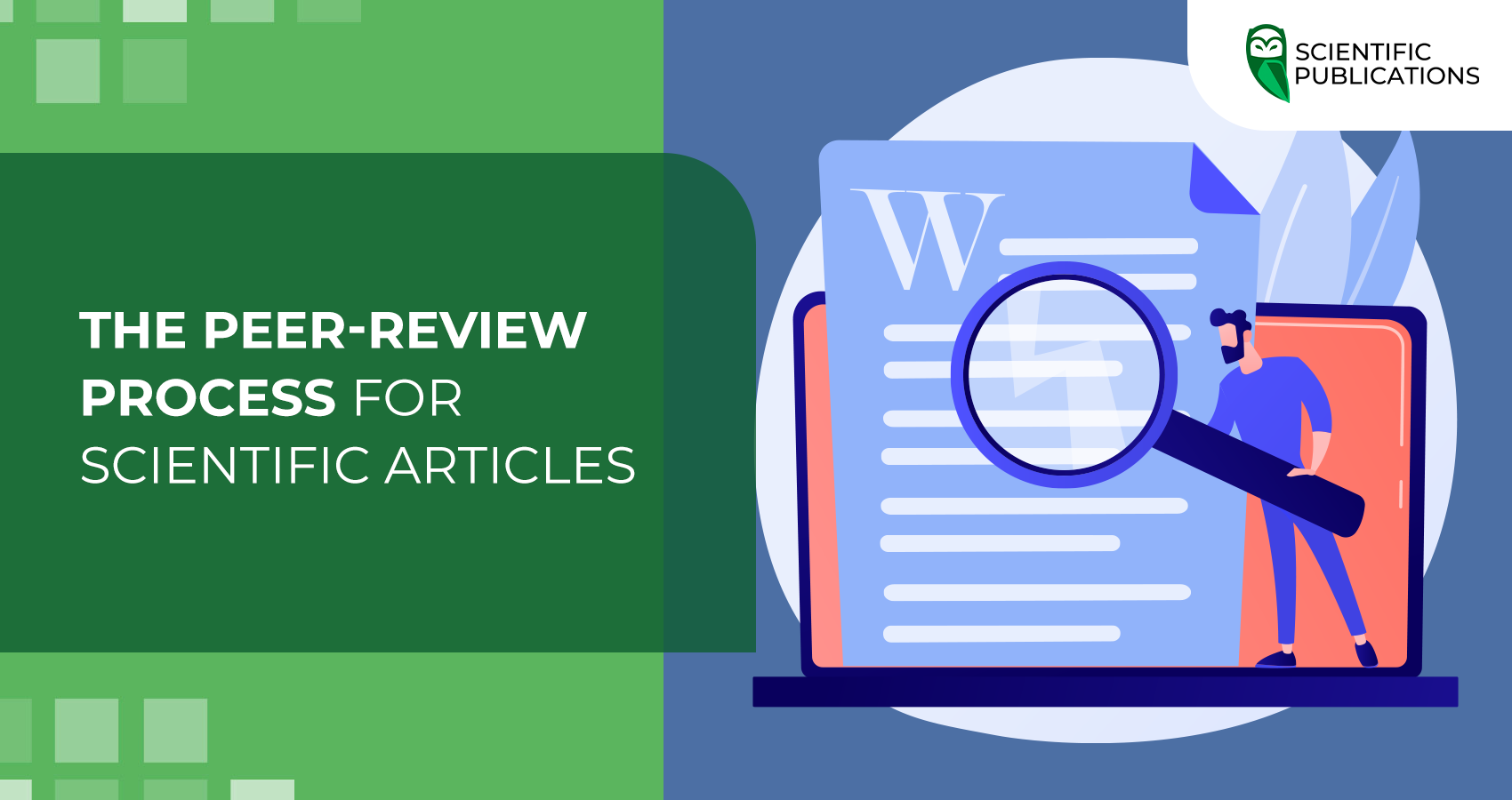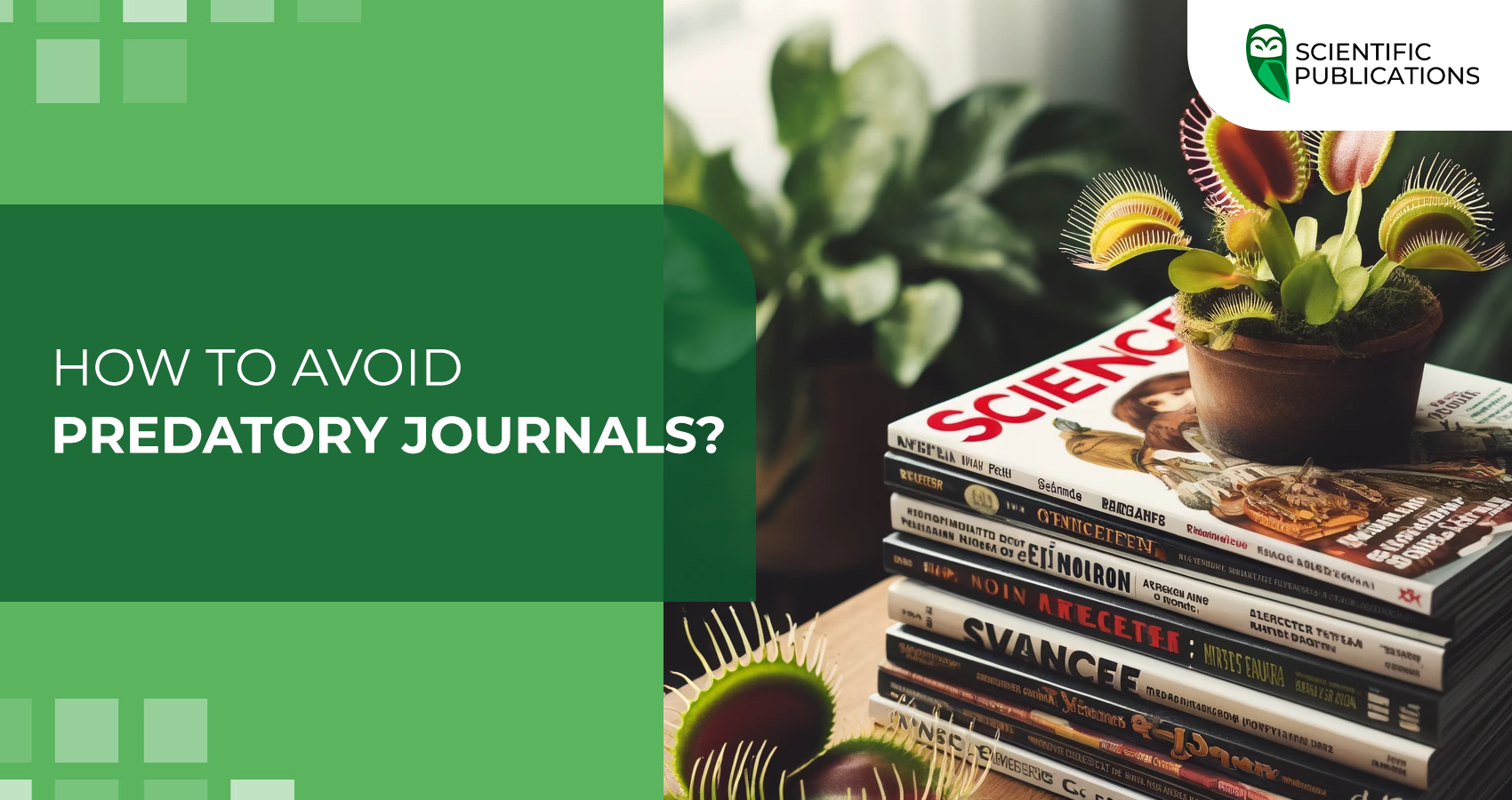In the process of reviewing scientific papers for publication in international scientific databases, all manuscripts must undergo peer review. This is a mandatory requirement. However, sometimes this process can take quite a long time. Why does this happen?

Passing the peer review stage is a prerequisite for further publication in journals that are indexed in international scientific databases. At this stage, authors have many questions and concerns, especially if the process takes a long time. Why does this happen? What factors influence this? We will answer these questions today.
What is peer review?
Peer review – a complex process of evaluating the material submitted to the journal. It helps the editorial board determine whether the article meets the requirements for publication and make the appropriate decision. For the author, peer review is an opportunity to improve his or her work by receiving valuable comments and recommendations from reviewers. The evaluation of a manuscript usually takes a long time, as the material must be carefully proofread and checked for compliance with scientific standards. This ensures the high quality of publications in the journal and increases its credibility in the scientific community. Thorough peer review also helps to prevent the dissemination of incorrect or unfounded information.
What are the types of peer review?
There are several types of peer review:
- Open. Open peer review implies that both authors and reviewers know each other's identities. In addition, the entire history of peer review and publication of reports is made publicly available.
- Closed. In this type of peer review, at least one person is not disclosed by the process, most often the reviewer. Closed peer review is divided into two types: one-sided blind and double-blind.
- Single-blind. Single-blind peer review means that the author does not know who is reviewing his or her work, but the reviewer knows the author's identity.
- Double-blind. As in the case of single-blind peer review, the author does not know the reviewer who evaluates the work. However, unlike in the case of single-blind peer review, in this case the reviewer also does not know who the author or authors of the paper are.
- Triple blind. Rarely, but sometimes, this type of peer review is practiced, the essence of which is that the journal editor himself does not know the author(s) of the manuscript, since it was submitted to the editorial office anonymously.
- Transparent. In the process of transparent peer review, reports, responses from the authors, and letters stating the decision of the editor(s) are also published along with the article.
- Collaborative. In the case of a joint review, several reviewers work on the manuscript to evaluate the material from different angles, discuss opinions and conclusions about the manuscript, and provide a joint report.
- Post-publication review. When conducting a peer review after the journal has published the article, the review process continues. This can be organised either in the form of a comment page or a specialised discussion forum.
Stages of the review process
The review process takes place in several stages:
- Submission of the manuscript by the author to the editorial board. Before submitting the material for review, it is important to read all the criteria and requirements that are set out on the journal's website. This may include aspects such as text formatting, article structure, length requirements, and writing style. If the material does not meet the established requirements, it may be rejected for further consideration. Therefore, it is important to carefully read all the requirements before submitting an article to increase the chances of successful publication.
- The editorial board selects and appoints reviewers. Reviewers can be those who have an academic title and degree. Reviewers must have publications in international databases, such as Scopus and Web of Science. When choosing a reviewer, attention is also paid to the Hirsch index. The reviewer must have a certain status in the field of research in which they work, and they must be independent and act impartially to avoid conflicts of interest.
- Conducting a review. The reviewer evaluates the submitted material and concludes that it is suitable for publication in the journal. In the case of a positive review, the reviewer may provide recommendations for improving the text by making corrections and comments. The author must take into account all the reviewer's suggestions, but he or she has the right to politely express his or her opinion on certain comments with which he or she disagrees, giving reasons for his or her position.
Why can peer review take a long time?
In reputable international databases, the review process may take longer than the authors expect. This is due to a number of factors, including the following:
- Strict article selection criteria
International databases have strict article selection criteria, and articles go through a rigorous review process before they are published. Reputable databases are constantly improving and raising their standards for article selection to ensure that they include materials that are of high quality and relevant.
Since the goal and one of the objectives of journals is to be included and indexed in such databases, they implement strict requirements because they have to meet them. If a journal is already indexed in a database, compliance with all the criteria becomes a prerequisite, as violation of them will lead to the exclusion of the journal from the database.
As a result, implementing and complying with all requirements and criteria increases the amount of time it takes to review an article.
- Increased competition
As the number of scientific publications grows, competition for a place in prestigious databases increases, making the review process more thorough. Reviewers have to check large volumes of papers and clearly identify the best among them.
Many journals are becoming specialised, which makes the selection of materials more selective. Reviewers need to have in-depth knowledge of a particular field to properly evaluate research.
All of this leads to an increase in the time required for a reviewer to review an article and evaluate it.
- Shortage of staff
If a scientific article has been with a reviewer for evaluation for a long time and there is no response yet, this may indicate that there are not enough reviewers to evaluate the manuscript.
This may be due to the following:
- Insufficient number of staff in general and qualified reviewers in particular
- Increase in the amount of material. This can lead to a delay in the review process, as the number of reviewers has not changed, but the volume of materials has increased. Accordingly, the review process is delayed.
- Shortcomings in the process of selecting reviewers and setting up the process of communication with them, i.e. poor organisation of processes, can also lead to a delay in the review process.
It is also possible that the author sends the manuscript to the editorial office via email, but the email gets spammed or fails, and the editorial office does not receive the email. If no response is received within one to two weeks, it is worth writing a letter to clarify whether the materials have been received. It is important to communicate with the editorial team politely, as they may not be aware of the problem.
Peer review ensures the reliability and accuracy of the information in the article, helping to achieve high quality material in accordance with the journal's requirements. An inefficient system can lead to delays in the review and publication process. Usually, 3-4 weeks after submitting an article to the editorial office, the author can contact the editor to find out about the review stage and the status of the article. If the review process is delayed and publication is required immediately, authors may consider submitting their article to another journal.
It is important to remember that a high-quality and thorough review of an article is rarely quick. If the journal's website indicates short review times, this may indicate that the journal is either fake or predatory. It is better to give preference to journals that offer a longer but high-quality review of the manuscript, while ensuring guaranteed publication in the end.
The Scientific Publications team stands for qualified specialists, quality, and speed. If you need a publication in the near future, or help with writing and choosing a journal, fill out an application on the website and we guarantee personal support at every stage until the successful publication of the article.





